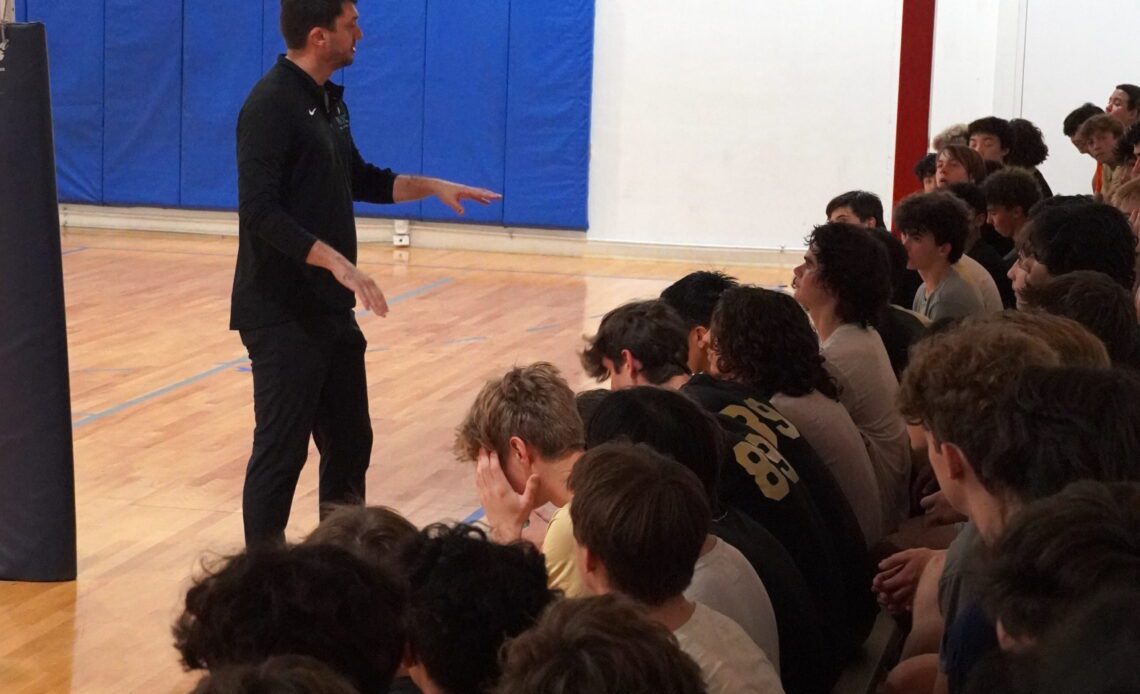As coaches, our goal is to facilitate a “safe” environment not just so the athlete does not get hurt, but so they learn healthy attachment, which in turn helps them positively adapt their game to meet the demands of gameplay. Our brains utilize our sense-organs to learn to interpret our environment and regulate our nervous system, consequently helping us manage the demands of our environment. If we sense the environment as a threat, we are less likely to engage and more likely to isolate and retreat within ourselves. If we interpret our environment as “safe” we exhibit a higher level of prosocial interaction and are able to adapt more appropriately to stressful environments. We are making these connections thousands of times a day. It’s an exhausting experience and at the backbone of why we need time for ourselves to “recharge” after a long day.
Our concept of “safety” comes from secure interpersonal attachment, which inherently starts from the womb. Our nervous system regulates and finds a rhythm from our mother’s heart rate, general activity, stress level, substance intake, diet, etc. Out of the womb and into the early years of development, the chaos of life threatens our rhythm, dysregulating our nervous system. In response, we cry and gesture to get our basic needs met and get us back into our rhythm. The availability, consistency, and appropriateness of our caregiver’s response to our cry’s defines the attachment we develop with them and gives us our foundational roadmap for how we develop in our formative years. As athletes, our nervous system’s rhythm within this system of sensation, interpretation, and regulation predicts our ability to adapt to the stress of our competition.
Here are 3 ways to create a safe environment for your athletes to learn, adapt and grow on the volleyball court.
1. Find Feedback for the Small Moments
There are no little things. When we begin to realize the enormous consequences that can come from the little things, we begin to believe there are no little things. Give individualized feedback to your athletes on where their eyes went, the steps they took within the play, their interactions between teammates, and talk with them about what they are seeing and feeling outside of the play, what is coming up for them, and how they are interpreting what is happening. Attend to them mentally and emotionally to let them know you are there when they need you, so that you can help them compete on their own,…
Click Here to Read the Full Original Article at Junior Volleyball Association…

